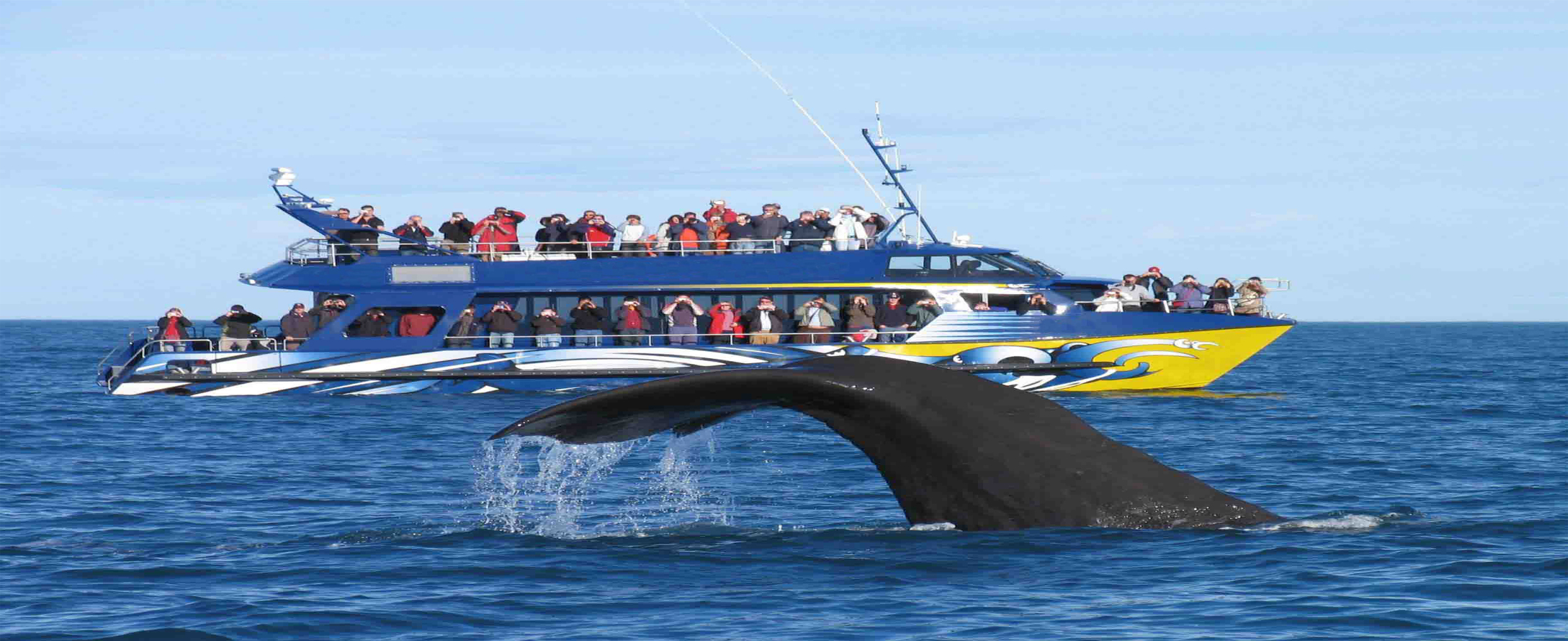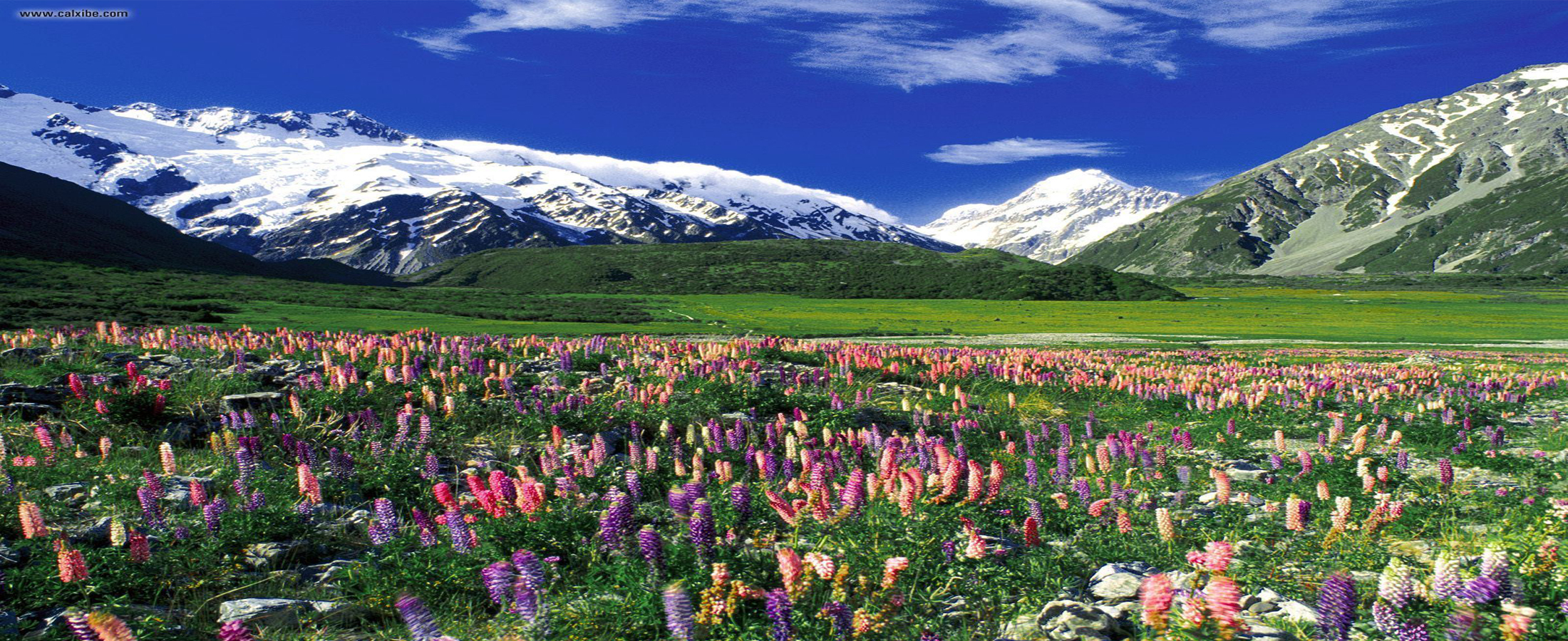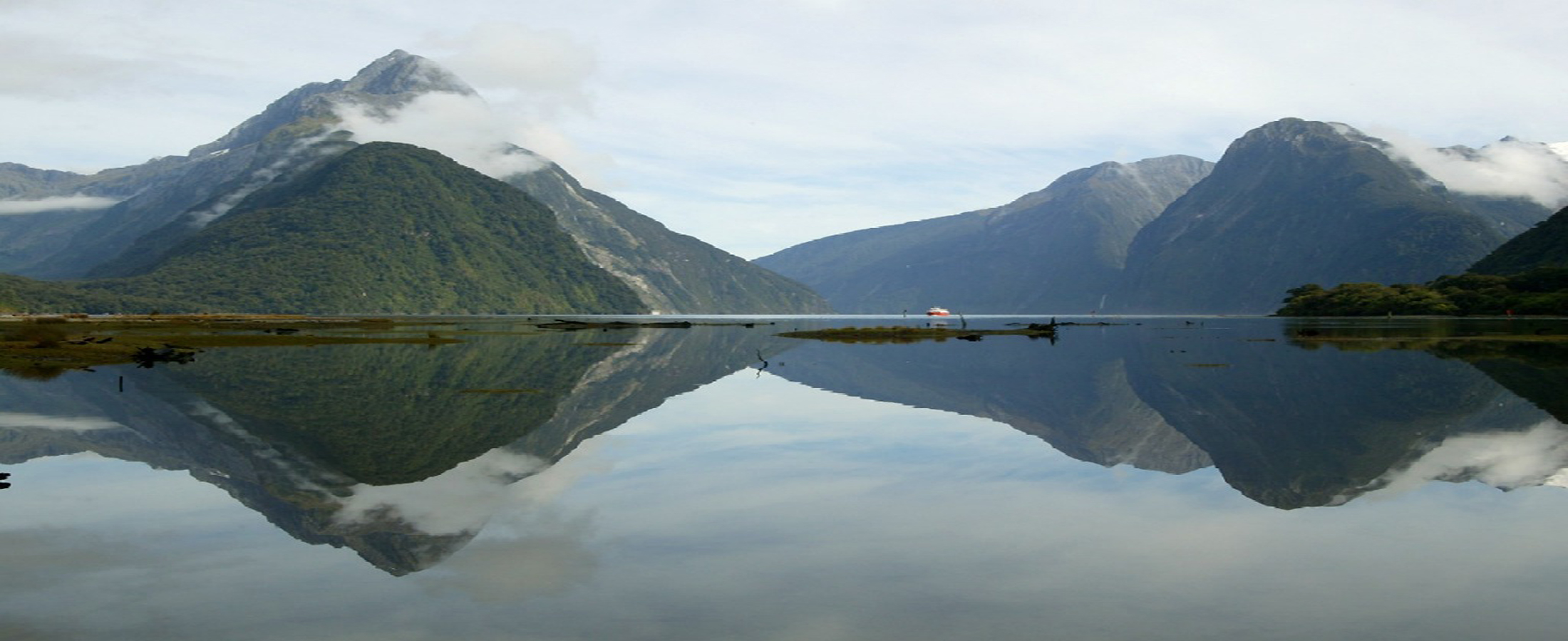It is awesome to travel around New Zealand and be impressed by its natural beauty. These islands are blessed with amazing landscapes, breathtaking views of fiords, active volcano, highly unusual plants and trees, birds and marine mammals, some of which are found nowhere else on earth.
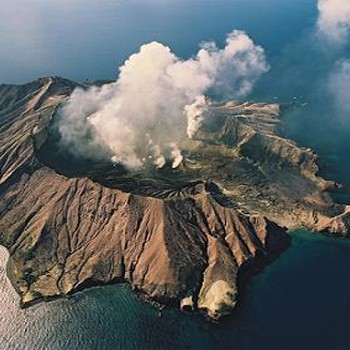
Auckland : White Island
‘Whakaari/White Island is an active volcano, situated 48 km (30 mi) from the east coast of the North Island of New Zealand, in the Bay of Plenty. The nearest mainland towns are Whakatane and Tauranga. The island is roughly circular, about 2 km (1.2 mi) in diameter, and rises to a height of 321 m (1,053 ft) above sea level. However this is only the peak of a much larger submarine mountain, which rises up to 1,600 m (5,249 ft) above the nearby seafloor. The full Māori name for the island is ‘Te Puia o Whakaari’, meaning ‘The Dramatic Volcano.’ It was named ‘White Island’ by Captain Cook on October 1, 1769 because it always appeared to be in a cloud of white steam. Although Cook went close to the island he failed to notice that it was a volcano. Its official name is Whakaari/White Island although it is best known as White Island.
White Island is privately owned and was declared a private scenic reserve in 1953 and is subject to the provision of the Reserves Act 1977. Visitors cannot land without permission or remove or disturb any wildlife and must leave only their footprints. However, it is easily accessible by authorised tourist operators. Weather permitting, a luxury motor launch leaves Whakatane daily for a six-hour day trip. Helicopter and aeroplane trips are also available .
Plan my New Zealand Vacation Now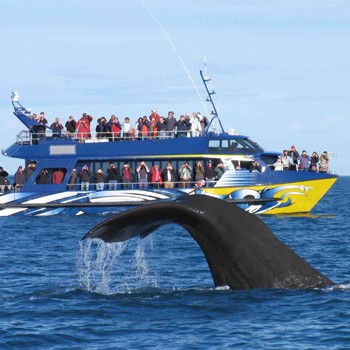
Christchurch : Kaikoura
Whale Watch is located in the town of Kaikoura – a scenic two and a half-hour drive north from Christchurch in New Zealand’s South Island. Kaikoura is a special place of lush pastures and towering, snow covered peaks that fall to the sea.
This rare magic continues just offshore where a deep undersea canyon combines with unusual sea currents to attract an extraordinary abundance of marine life, the most famous being the Sperm Whale.
Every Whale Watch tour is a unique experience and the sightings vary. Giant Sperm Whales are the stars of the show and year-round residents. A typical Whale Watch tour may encounter New Zealand Fur Seals, pods of Dusky dolphins and the endangered Wandering Albatross. Find out why the Whale Watch tour is such an amazing tourist destination.
Kaikoura often hosts the world’s largest dolphin – the Orca – and is home to the world’s smallest and rarest – the Hector’s. Kaikoura also attracts the largest concentration and variety of seabirds on mainland New Zealand including 13 species of Albatross, 14 varieties of Petrels and 7 types of Shearwater.
Plan my New Zealand Vacation Now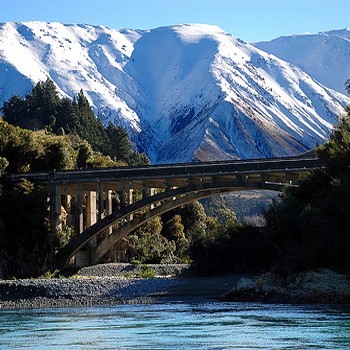
Mt.Cook : Mt.Cook National Park
Aoraki/Mount Cook (70,696 hectares) is New Zealand’s great alpine park. It has the highest mountains and the largest glaciers. Aoraki/Mount Cook Village and all visitors to the park are dwarfed by the immensity of the landscape that surrounds them. Aoraki/Mount Cook was formally established as a national park in 1953 from reserves that were established as early as 1887 to protect the area’s significant vegetation and landscape. Aoraki/Mount Cook village lies within the park with Twizel the nearest town outside. Aoraki Mount Cook National Park is dominated by the peaks of Aoraki Mount Cook, New Zealand’s highest mountain as well asMount Tasman.
The park is renowned for its natural environment. Take only pictures and leave only footprints is a good rule to follow. Walking is a popular way to get around the park. There are a number of formed tracks and recognised walking routes. For those who want to see or ski the mountains, there are light aircraft and helicopters that can get you to places in minutes that would otherwise take hours or days of walking.
Plan my New Zealand Vacation Now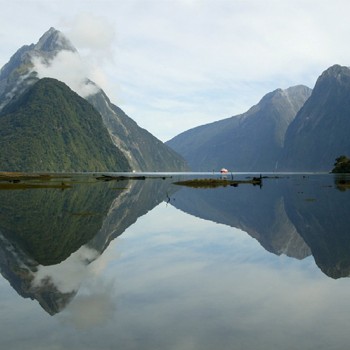
Queenstown : Milford Sound
No visit to Queenstown is complete without a trip to Milford Sound, one of the world’s most scenic areas. Let yourself be captivated by the breathtaking and awe inspiring views that can only be experienced from the air. Milford Sound is named by Captain James Cook after Milford Haven in Wales. Milford Sound (Piopiotahi in Māori) is a fjord in the south west of New Zealand’s South Island, within Fiordland National Park, Piopiotahi (Milford Sound) Marine Reserve, and the Te Wahipounamu World Heritage site. It has been judged the world’s top travel destination in an international survey and is acclaimed as New Zealand’s most famous tourist destination. Rudyard Kipling had previously called it the eighth Wonder of the World.
Maoris believe that the demi-god Tuterakiwhanoa, carved the rugged landscape from formless rock. They named Milford Sound ‘Piopiotahi’ after a thrush-like bird, the piopio. Piopiotahi literally means a single piopio, which harks back to the legend of Maui trying to win immortality for mankind. When Maui died in the attempt, a piopio was said to have flown to Milford Sound in mourning. Milford Sound is famous for its waterfalls, if its raining it’s even more spectacular. The boats nudge right up to the base of the waterfalls, often challenging visitors to fill a glass of water from the cascading plumes. The boats are often escorted by pods of dolphins and seals bask on the rocks.
Plan my New Zealand Vacation Now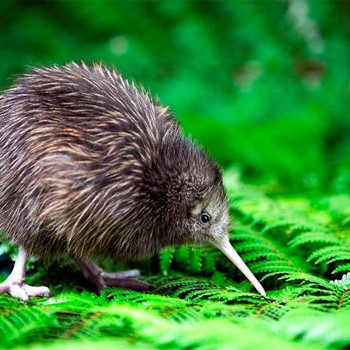
Rotorua: Rainbow Springs Kiwi Wildlife Park
A stunning kiwi wildlife park spread over 22 acres of parkland is a place where you can get up close and personal with all of New Zealands favourite native birds and lizards, including the kiwi and tuatara. Take a behind the scenes look at the kiwi conservation project and come back at night to see kiwi under the stars in their outdoor enclosure. In early 2012, a free flight bird show will operate twice daily and “The Big Splash” – an interactive and highly themed water ride will open.
The Park has some truly beautiful forest areas, home to New Zealand natives and other giant imports. Take some time out to relax in the café and browse in the souvenir store during your visit. If you are a part of a Cruise Experience, Rainbow Springs is a must see to admire New Zealand’s spectacular scenery and wildlife. Kiwi Encounter is a unique scientific attraction allowing you an insight into the entire process of kiwi conservation – from kiwi egg collection, incubation and hatching to raising of the kiwi until it’s ready to be released. When you visit Rainbow Springs, learn more about kiwi conservation by adding on a Behind the Scenes tour of Kiwi Encounter. The tour is 30 minutes and includes a visit to see the Incubation, Hatching and Nursery Rooms to see the baby kiwis.
Plan my New Zealand Vacation Now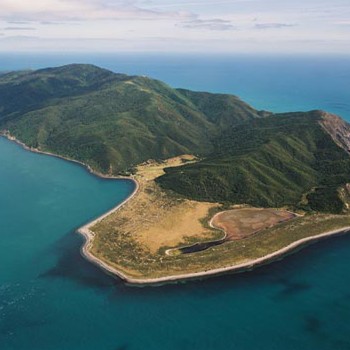
Wellington : Kapiti Island
Kapiti Island is the summit of a submerged mountain range created by earthquakes 200 million years ago. The view is classic dense green foliage and steep terrain all shrouded in mist & rain. The Explorer Captain James Cook, named Kapiti “Entry Island” because of its proximity to Cook Strait.
Kapiti is one of the most valuable nature reserves identified by naturalists in 1870 & the only large island sanctuary for birds between the Hauraki Gulf in the north and New Zealand’s southern outlaying islands. Much of the early work to make use of the island as a bird reserve was pioneered by the visionary naturalist, Richard Henry, who arrived as a caretaker on Kapiti in 1908. Legend has it, at one time, moa and kakapo wandered the valley that lay between the mountains to the rest of the mainland. Several million years ago, most of this range was inundated by rising sea level. It was, for a time, part of a land bridge that extended across what is now Cook Strait. What remains is an island about 10 km long and 2 km wide of wind-blasted hillsides to the west and lush temperate rain forests to the sheltered east.
Plan my New Zealand Vacation Now
